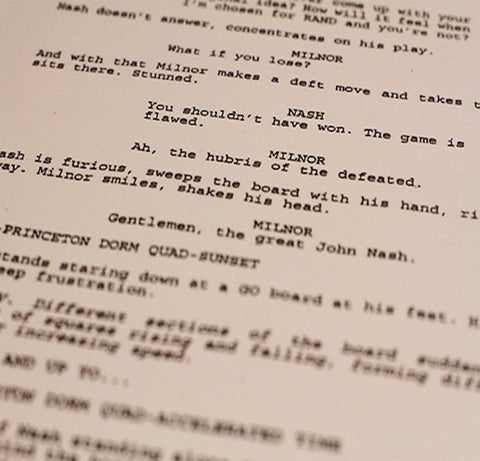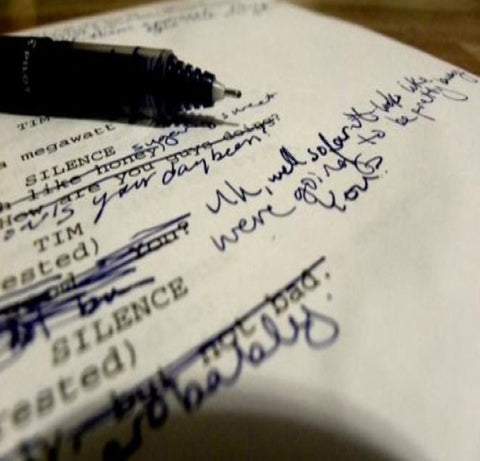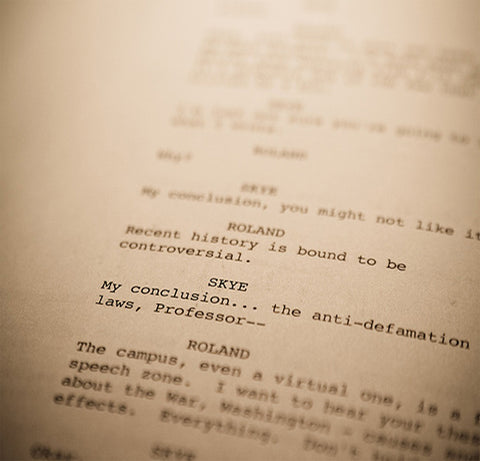
THE DEATH OF THE AUTHOR
Someone sent me a script. It’s a pretty straight-forward narrative until act three, at which point the action shifts into a dreamlike space with a lot of symbolism and absurdity, etc. The writer asked me if I understood what the ending “meant.” To which I replied: “It doesn’t matter.”
Because: Once the script starts indulging in dreamlike cinematic choices, the “meaning” of these choices no longer belong to the writer, or even to the film. They belong to the view of the film, the audience.
This is The Death of the Author, as touched on by Roland Barthes in his 1967 essay. The basis of which is: Once you make a choice that leaves the audience open to interpretation, their interpretation no longer belongs to you, the writer.
Let’s say you have a climax in which the protagonist shoots the bad guy with a crossbow. In terms of thought construction, if you want the audience to have that and only that understanding of the beat/scene, then the goal is maximum clarity: We watch the protagonist shoot the bad guy with a crossbow. The script/film still owns the interpretation of the scene, because there is no other interpretation.
But the moment the script introduces any kind of ambiguity, that is a signal to the audience that there is room for interpretation.
For instance, if we hear a crossbow go off and a “thunk!” off screen and we get a dreamlike montage of images and cut to the protagonist stumbling down the street muttering, “I think I shot him” then we are no longer being clear with the audience. They are free to make of this scene what they will. The “author has died,” and now whatever interpretation of the scene is the right one, it’s theirs.
We might look at early Coen brothers films, for example, in which we find elements that are clearly shot in such a way as to denote symbolism. So we’re left to ask “What does the hat mean?” in Miller’s Crossing, “What does the painting of the woman on the beach mean?” in Barton Fink and so on. The answer is: It doesn’t matter. What you think the hat means is what the hat means. The ambiguity has opened the door for you, as the viewer, to join in the storytelling.
Which isn’t to say every tiny thing in every movie needs to be thuddingly spelled out to the audience or else it cedes filmmaker intent. Only that, given the choice between clarity and ambiguousness, the latter gives the viewer a seat at the table… and whatever their interpretation is neither right or wrong, because it belongs to them.
A bit of this can be fun. Because elements that are presented as looking like they are symbolic, have meaning beyond the obvious, etc. give the audience something to think and talk about after the film has wrapped. And this interpretation is part of the enjoyment of watching movies.




